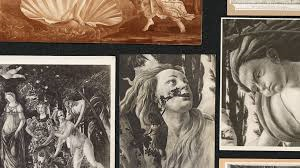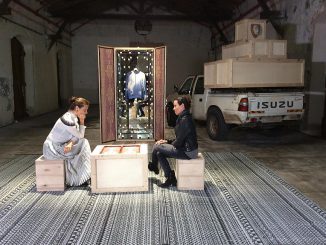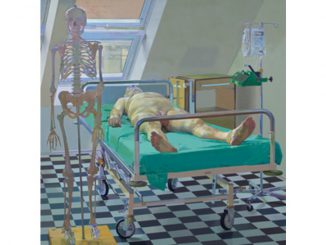
Aby Warburg: the master of images
Aby Warburg(1866-1929), son of a Jewish banker family from Hamburg, completed his studies with a doctorate on the Italian Renaissance painter Sandro Botticelli. And as an echo he studies the various links between myths, images and rites of various cultures.
He became the forerunner of art history by overturning the interpretation of images and became the poet of modern iconology. Roberto Ohrt and Axel Heil searched the 400,000 or so photos in the collection of the Warburg Institute in London for the images in his Atlas. And their work is a major step forward, since the truly original work has finally been published.
The “Bilderatlas Mnemosyne” (“Mnemosyne Atlas”) remains unique and renews the conditions for reading and interpreting images. It was designed in close connection with the Aby Warburg Library opened in 1926 in Hamburg, which had the inscription “Mnemosyne” above its front door. With almost 60,000 volumes and more than 25,000 photographs, the Kulturwissenschaftliche Bibliothek Warburg (KBW) presented a classification based on the major themes on which its founder was working, a principle that he adopted for the organization of the illustrative plates of his atlas.
The primary objective was to conduct a comparative history of art based solely on the image. For this purpose, he reused for certain plates illustrations previously collected on the occasion of conferences or exhibitions organised in his library.
Such an atlas is not so much made up of “pages” in the usual sense of the term as of tables, of plates where images are arranged, plates to make the same and the other cohabit by establishing unexpected correspondences between reproductions of works sometimes very distant in time, style and technique.
Warburg pinned them on a black canvas and then photographed them before eventually modifying them. His main goal was to detect the survivals of the pathos formulas (what he called the “Pathosformeln”) through the representations of emotions from the art of Antiquity and their resurgence during the Renaissance.
This project of memorial and moving cartography of visual knowledge – interrupted by his death in 1929 but obviously unfinishable in its essence – remains an irreplaceable work. In the dissonances of systems Warburg never ceases to seek and discover, through the ages, stable remanences.




Be the first to comment